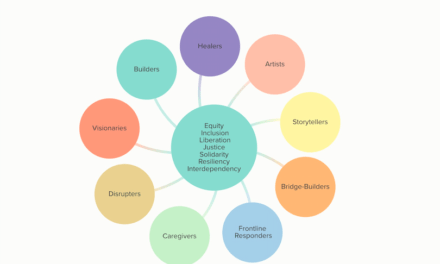
A very telling report just released by the consulting group Bersin by Deloitte, suggests that most organizations are falling short of reaching their goals for an inclusive culture. The study examined the diversity and inclusion practices of 245 organizations with operations in North America, more than half of which are global or multinational organizations.
Almost three quarters of the organizations surveyed said that they aspired to have an inclusive culture within three years, one that “leverages the diverse backgrounds of individuals to drive value and business results by creating an environment where employees feel involved, respected, valued and connected.” Shockingly, only 11% of the respondents believe that they have such a culture today.
The key issues that the study revealed include:
Not investing resources in diversity and inclusion: The study showed an average per-employee investment of $50.69. This compares to an average per employee for learning of $1169. This rings true from my experience with several clients who have no budget at all to other who consistently face budget cuts. Additionally, two-thirds of respondents could not agree with the statement that diversity and inclusion solutions have a budget adequate for desired impact.
Ineffective recruiting processes: Only 10% strongly agreed that their recruitment processes are designed to attract diverse employees. I would add to that that I find that recruiters lack cross-cultural competence and may miss good talent as a result.
Ineffective use of diversity and inclusion metrics: Only 10% of respondents “strongly agree” their organization changes diversity and inclusion strategies and solutions based on evaluation data or feedback and only 2% strongly agreed that metrics are transparent and shared among all employees. I can understand why all metrics might not be shared with all employees. However, what I am finding is that sometimes the data is not even shared with the diversity and inclusion leader! As I have been talking about it the series on diversity data analysis, it is imperative to have robust metrics that allow you to set policy and strategy and that allows you to predict the future.
We have much work to do to get to a culture of inclusion and it will take resources, totally new strategies and innovative ways to use “big data”.


















